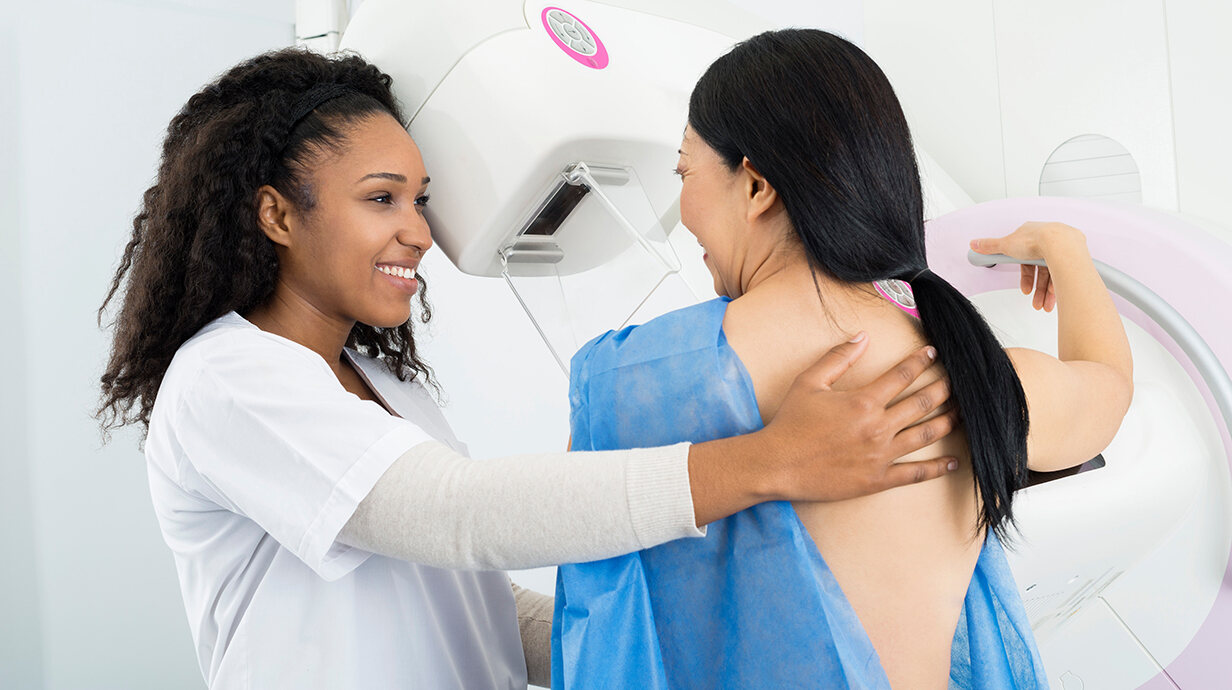Tips for Breast Cancer Screening
UM expert offers recommendations for early detection, prevention
OXFORD, Miss. – Timely and effective screenings are the most important step in preventing and treating breast cancer, according to a University of Mississippi physician.
Breast cancer is the most frequently occurring non-skin cancer in women and the most frequent cause of cancer-related death in women worldwide. But remarkable progress has been made to decrease the death rate from breast cancer since 1980, said Dr. Hubert Spears, UM Health Services physician.
“Much of this progress is due to improved treatment, but improved screening is likely also a major contributing factor,” he said. “The majority of breast cancers in the United States are now detected by radiologic screening of asymptomatic women rather than by physical exam.”

Advanced screening technology spots breast cancers earlier, before they have the chance to spread in the body. This makes them easier to surgically remove, Spears said.
When and how frequently women should start screening for breast cancer depends on the patient.
“The current recommendation is to stratify patients into either average risk, moderately increased risk or high risk,” Spears said.
Risk is determined by gene mutation and family medical history. The high-risk group includes patients with a mutation of the BRCA1 or BRCA2 gene, and patients who have undergone chest radiation for other issues such as Hodgkin’s lymphoma between the ages of 10 and 30.
Most women fall into the average risk group, which includes anyone with an immediate relative who has developed breast cancer, Spears said.
Other factors that cause slight increased risk of developing breast cancer include:
- Mammographic increase in breast tissue density
- Longer menstrual history that involves earlier onset of periods and later menopause or a combination of both
- No pregnancies, fewer pregnancies or pregnancies only after age 30
- Fewer months of breast feeding
- Ancestry
- Obesity after menopause
- Smoking

Some experts disagree on the frequency of screening, whether yearly is required or every two years is sufficient. There are recommendations for individualization and shared decision making between doctors and patients starting in the 40s.
Less than 15% of women assessed as having average risk will develop breast cancer. That number increases to 15%-20% in the moderate risk group and more than 20% for the high-risk group.
At greatest risk in the high-risk group are those with a BRCA 1 mutation who have a risk of 60%-75% of developing breast cancer, Spears said. The high-risk group also tend to develop cancer at younger ages. Because of this, the screening recommendations are much different in the high-risk group.
“Many of these patients elect to have prophylactic bilateral mastectomy and prophylactic bilateral removal of the fallopian tubes and ovaries,” he said. “For those who do not choose these surgical procedures, it is recommended that they start monthly breast self-exams at age 18, yearly MRI starting at age 25 and yearly mammography with tomosynthesis at age 35.
“When the mammography is started, it and the MRI are staggered six months apart within the same year.”
